The rice-shrimp production model in Ca Mau was formed in 2000, mainly concentrated in the districts of Tran Van Thoi, U Minh, Thoi Binh and Ca Mau City. Currently, the rice-shrimp area of the whole province is about 35,900 hectares, of which Thoi Binh district is 18,000 hectares, U Minh is 14,900 hectares, Tran Van Thoi is 2,000 hectares, Cai Nuoc is 500 hectares and Ca Mau City is 500 hectares.
Sustainable model
The rice-shrimp production model has many advantages. After a shrimp crop, waste will be transformed and absorbed by the rice plants, contributing to limiting the amount of fertilizer and pesticides in the early stages. On the contrary, after a rice crop, the straw decomposes, creating a living environment for aquatic animals and plants, which is a natural food source for shrimp. Thanks to that, this model contributes to reducing production costs, increasing productivity and profits.
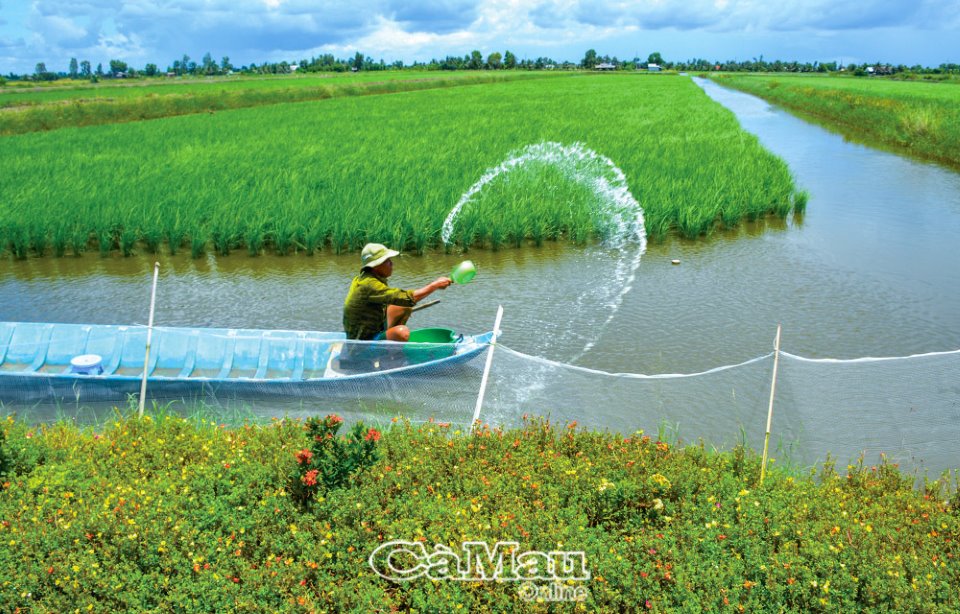 |
| People apply technical advances in production, grow high-quality rice varieties (ST 24, ST 25, etc.), intercrop all-male giant freshwater prawns in the rice crop, and combine crab farming with black tiger prawn farming, resulting in high income per unit area. (Photo taken at Tri Luc Rice-Shrimp Cooperative, Tri Luc commune, Thoi Binh district). |
In addition to rotating one rice crop in the rainy season and one tiger prawn crop in the dry season, recently people have flexibly applied technical advances in intercropping all-male giant freshwater prawns in the rice crop; and raising crabs in the tiger prawn crop, resulting in high income per unit area.
Many challenges and difficulties
Recently, climate change and drought have affected the development of agricultural production in the province, including the rice-shrimp production model.
Irrigation infrastructure serving rice-shrimp production has received attention for investment but is not yet complete, so it cannot ensure the requirements for water supply and drainage for some production areas, especially those deep in the fields. In the dry season, many production areas lack water, or have years of heavy rain that lasts for a long time without drainage, causing the rice to be flooded. The design of shrimp farming fields of the people does not ensure that production adapts to weather conditions, ensuring the stability of water environmental factors during the farming period. The implementation of linkage models and product consumption has not really been much. Production is still fragmented and individual; banks are not really confident in participating in the linkage chain...
To promote the economic value and added value of shrimp and rice from this model, the province has proposed solutions to promote the application of science and technology in production. Cooperate with institutes and universities to invite scientists to participate in building advanced and suitable production processes, ensuring certification standards, creating conditions for businesses to access the market to promptly respond to linkages in production and consumption of products. Implement certification to meet international standards, multiple certifications to sell shrimp in the rice-shrimp model in all markets around the world to increase higher value. Reorganize production in a collective direction, establish cooperatives, clubs, guilds, cooperatives...
The provincial agricultural sector is promoting research and crossbreeding of many shrimp varieties suitable for the rice-shrimp production model.
“When joining cooperatives, people carry out the crop simultaneously, so it is easier to manage diseases. Materials and seeds are also provided at cheaper prices. Technical training courses are organized for members to produce more effectively. In particular, the products produced have large output, so it is easy to sign a consumption contract,” said Mr. Le Van Mua, Director of Tri Luc Rice-Shrimp Cooperative (Tri Luc commune, Thoi Binh district).
However, the operation of cooperatives still faces many difficulties. According to Mr. Le Van Mua, water sources tend to be polluted after many years of production, requiring large expenses to treat them with probiotics. In addition, from February to May every year there is a serious water shortage; shrimp prices are also unstable. "Currently, only Tan Vuong Company (An Giang province) consumes the cooperative's organic rice, so the competitiveness is not high. The cooperative is in dire need of preferential capital without credit; there is a special tax policy; there needs to be more special mechanisms for shrimp in the rice-shrimp area, and subsidies to stabilize shrimp prices are the most important," Mr. Mua proposed.
Mr. Phan Hoang Vu said: “We will invite businesses to participate, gradually forming chain links, especially in the supply of seeds, materials, input fertilizers and product consumption. Organize links according to the value chain of shrimp and rice products, associated with building safe food hygiene and disease-free production areas to proactively organize production, increase the value and competitiveness of Ca Mau rice and shrimp products. Develop more cooperatives with full capacity to participate in the chain links”.
“It is necessary to change traditional production practices and strictly follow the production process proposed by scientists or business constraints. Farmers need to be proactive in linking together to establish production organizations with full conditions and capacity to implement, connect, deploy, and receive support policies from the State and other organizations. In addition, farmers also need to keep their reputation and comply with signed contracts with businesses, not arbitrarily breaking them when prices fluctuate, so that this connection can truly bring practical results. Review and determine specific planning for concentrated production areas in accordance with the potential and advantages of each region to have an effective connection and investment roadmap,” Mr. Phan Hoang Vu emphasized./.
Phu Huu
Source link





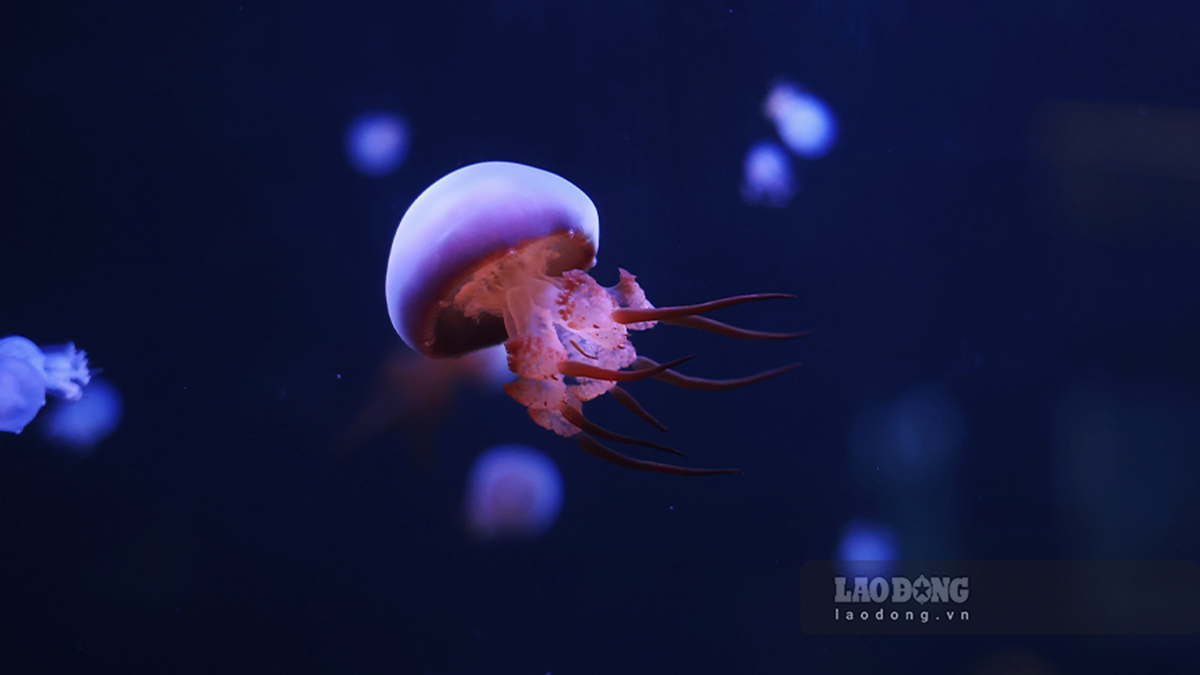


![[Photo] Opening of the 14th Conference of the 13th Party Central Committee](https://vphoto.vietnam.vn/thumb/1200x675/vietnam/resource/IMAGE/2025/11/05/1762310995216_a5-bnd-5742-5255-jpg.webp)


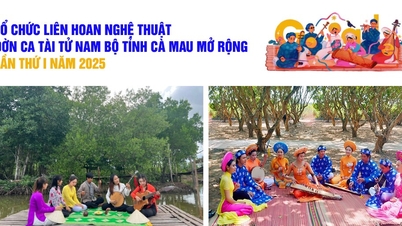
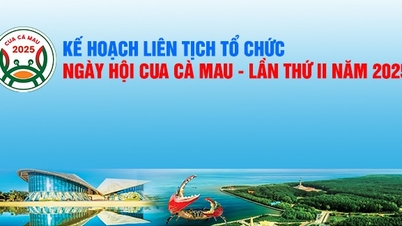
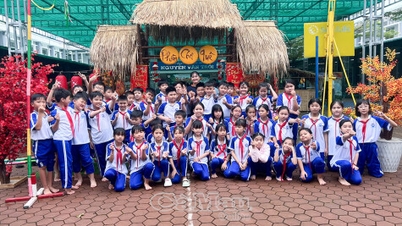

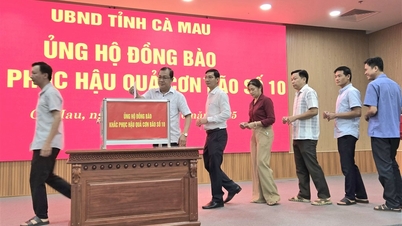

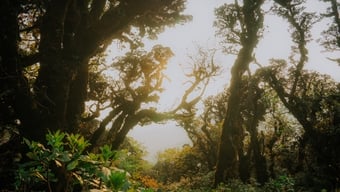


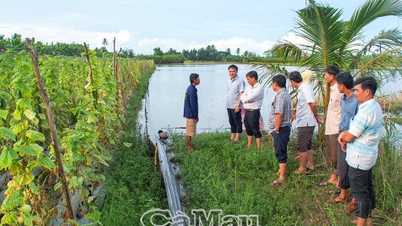
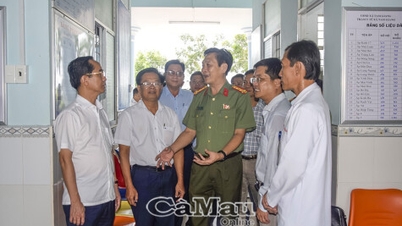
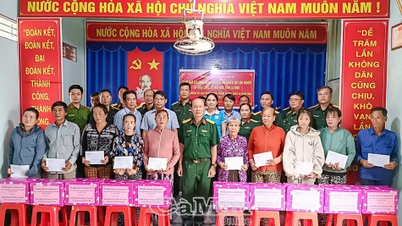
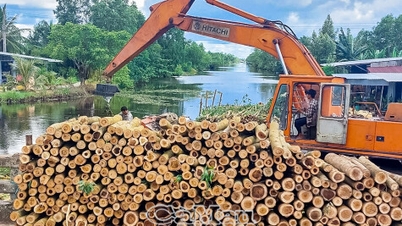
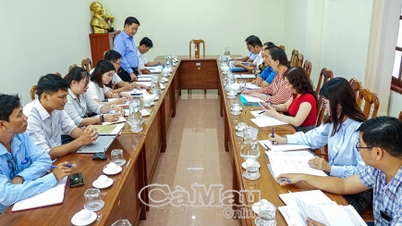


![[Photo] Panorama of the Patriotic Emulation Congress of Nhan Dan Newspaper for the period 2025-2030](https://vphoto.vietnam.vn/thumb/1200x675/vietnam/resource/IMAGE/2025/11/04/1762252775462_ndo_br_dhthiduayeuncbaond-6125-jpg.webp)
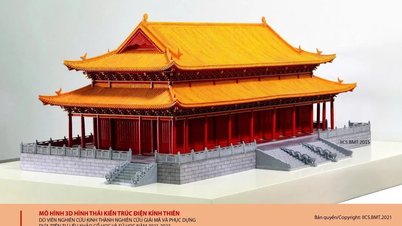





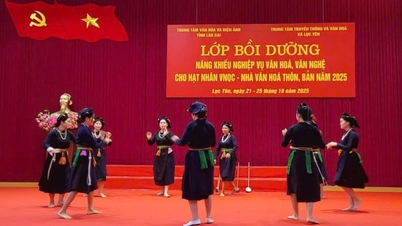


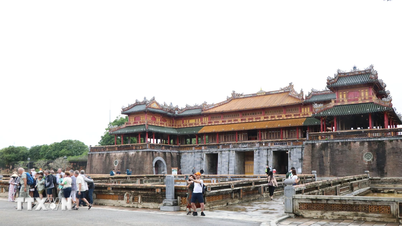





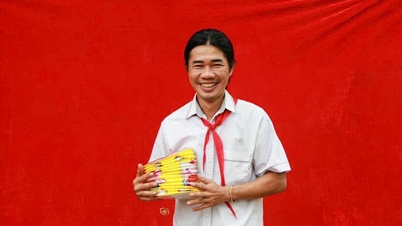

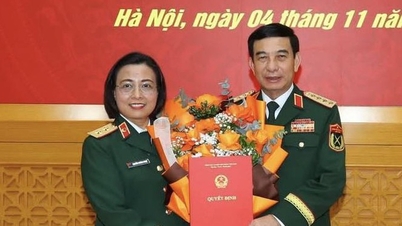

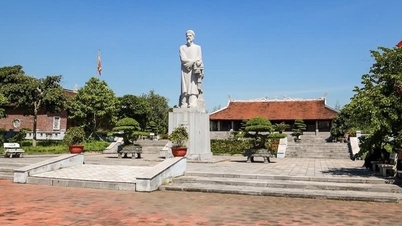


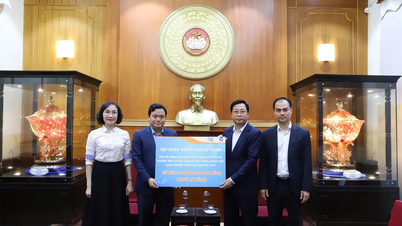


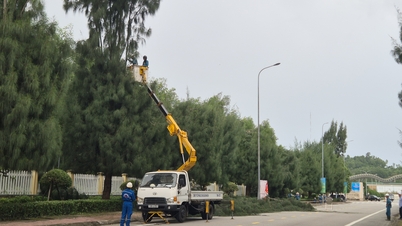
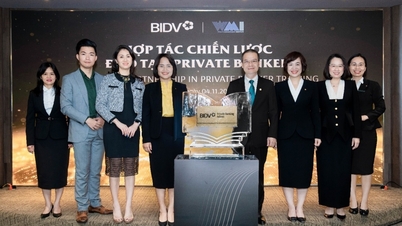




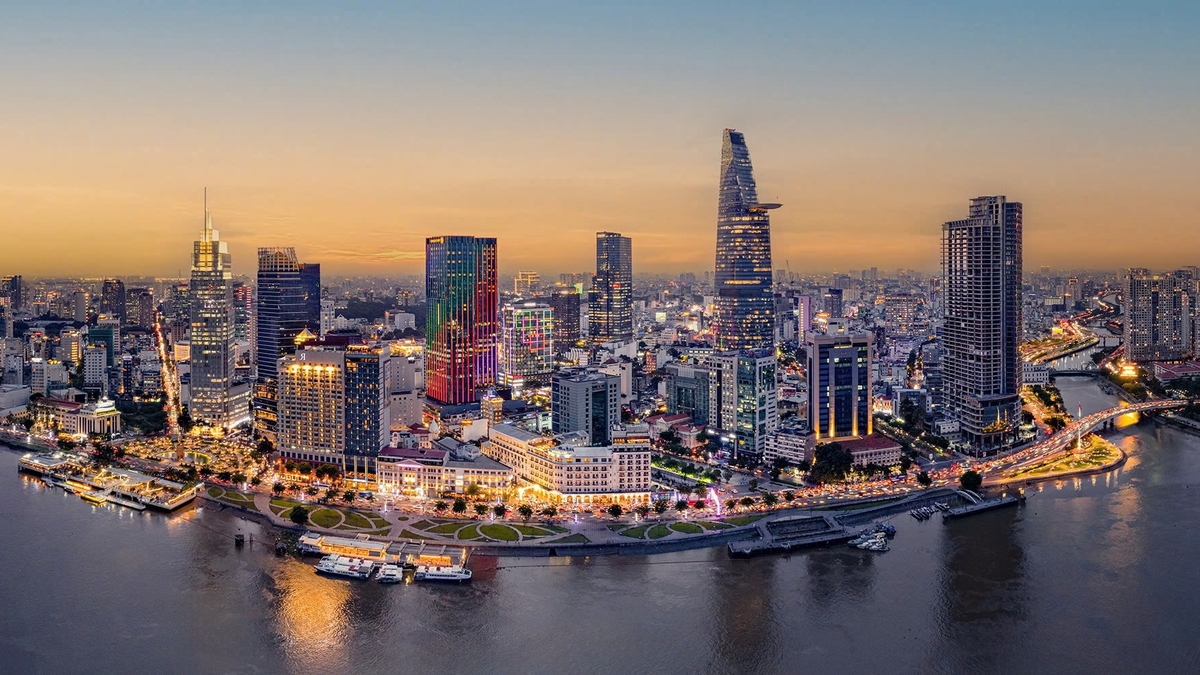
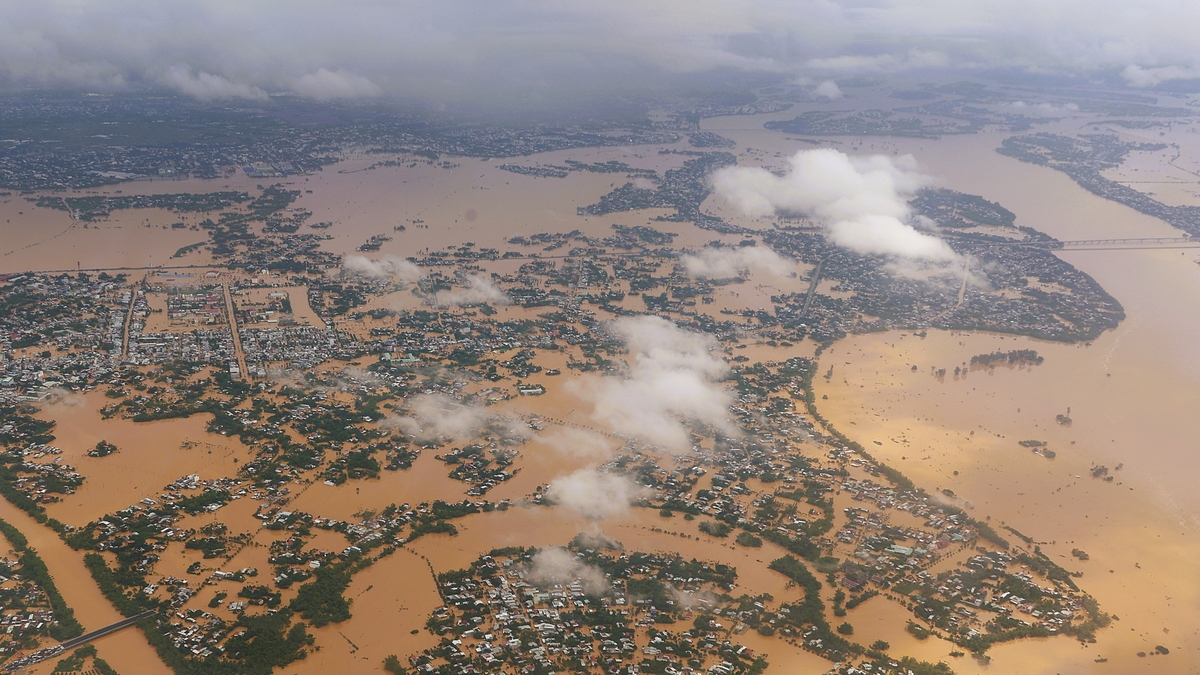
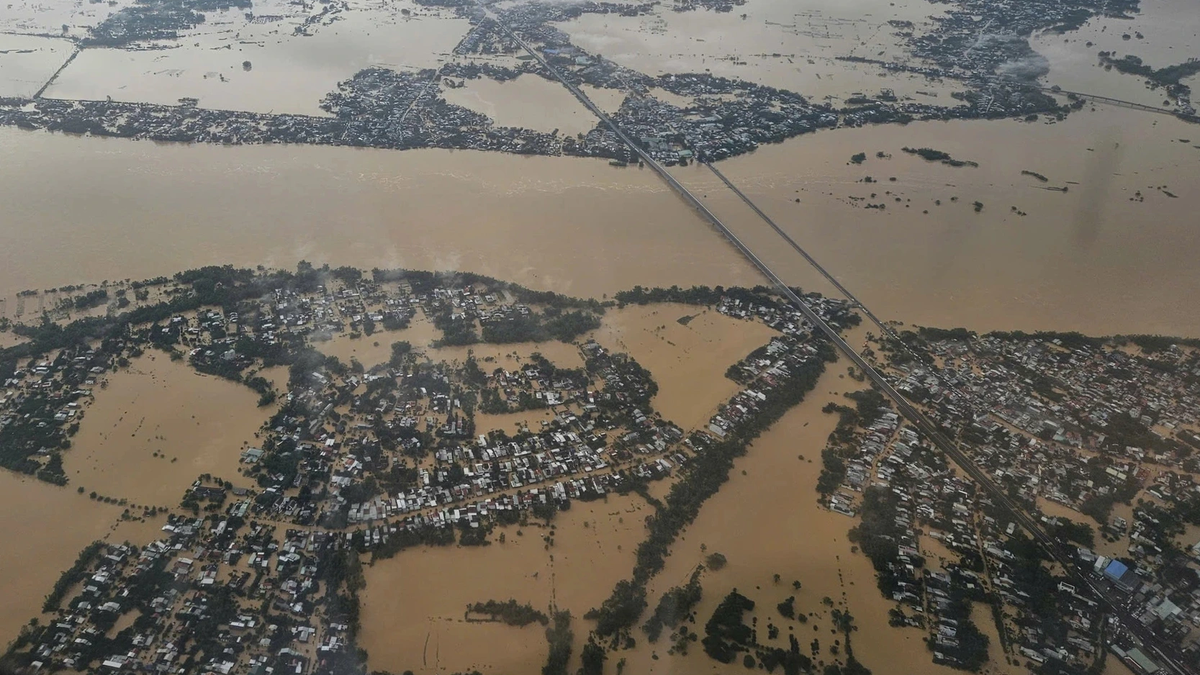


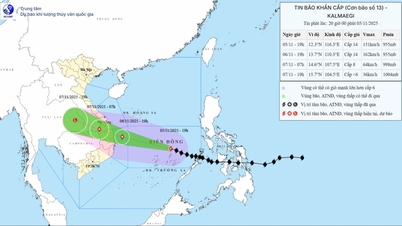
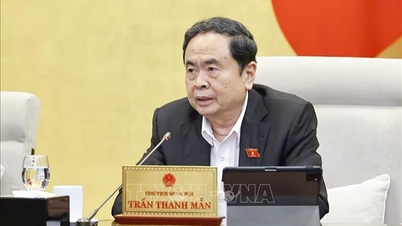
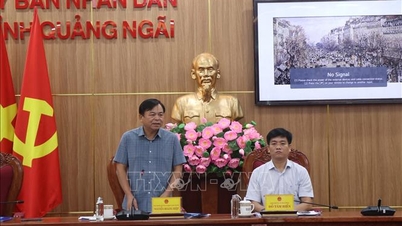


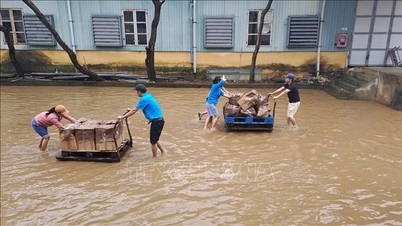


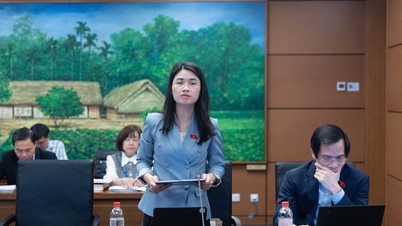


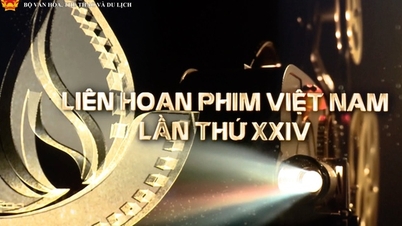

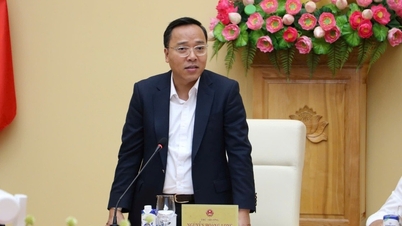



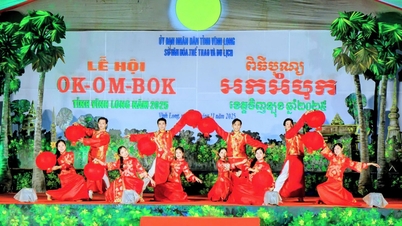




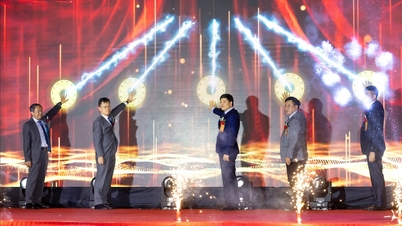

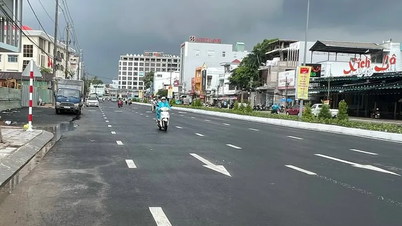

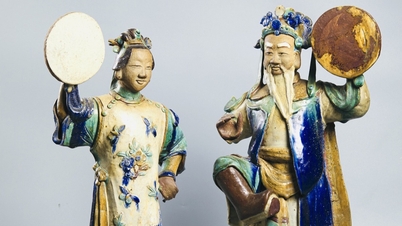



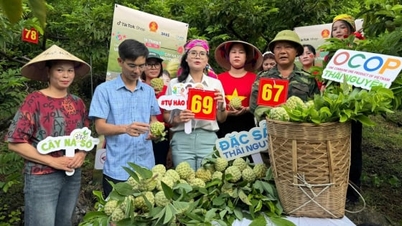







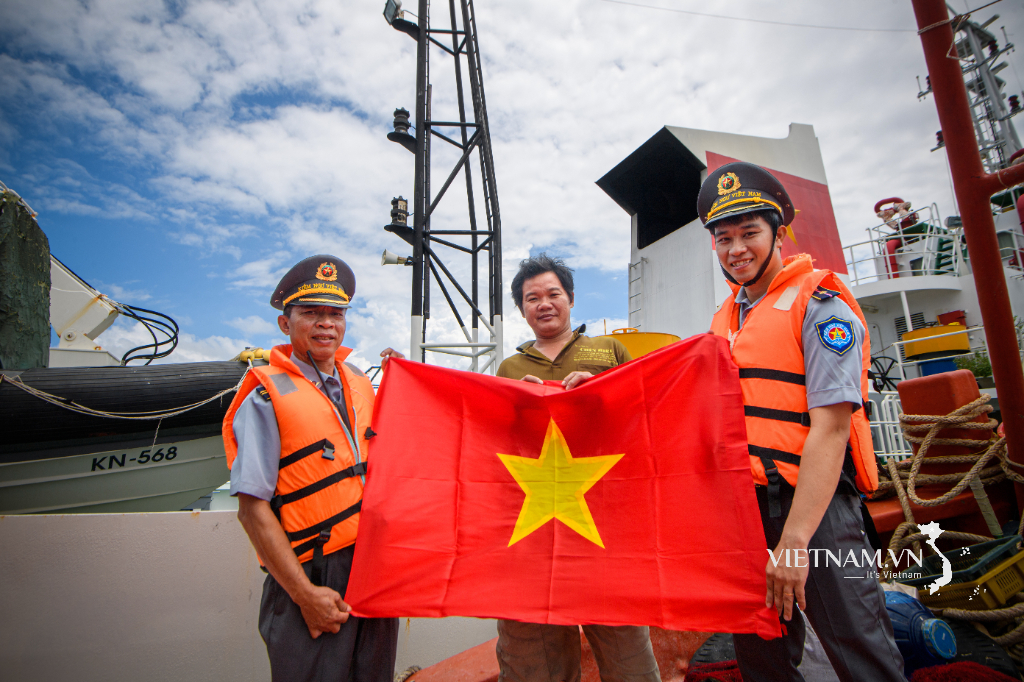

Comment (0)